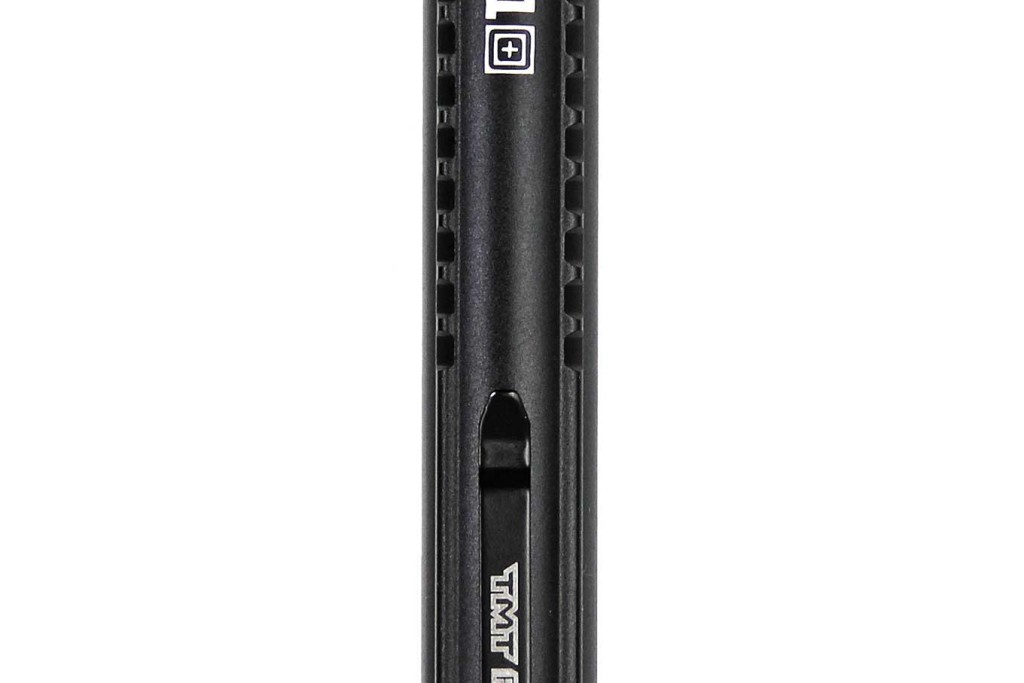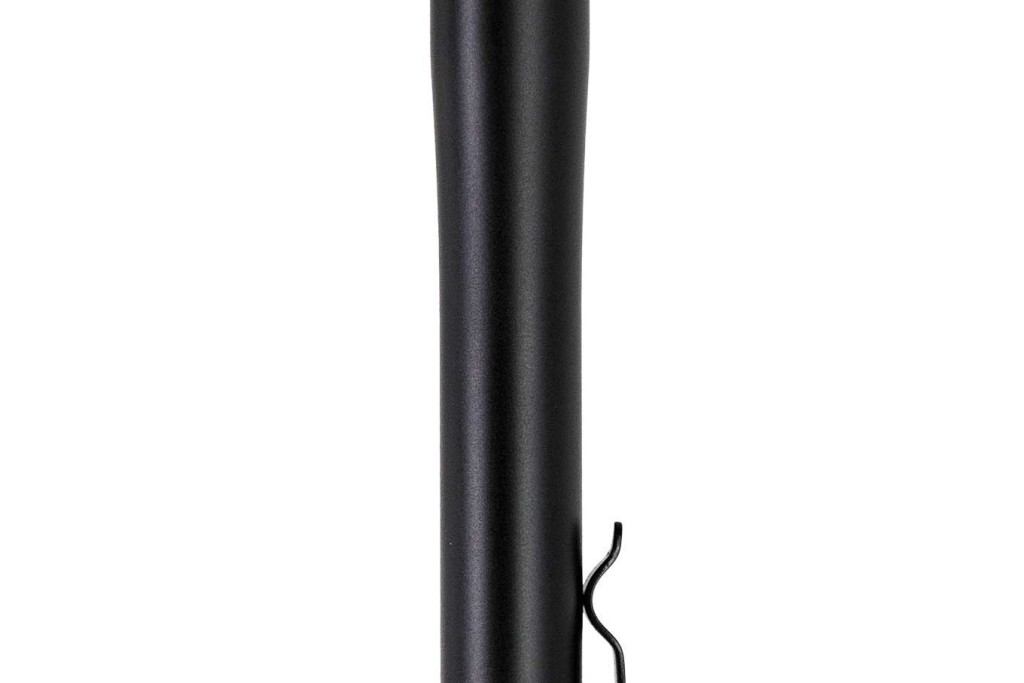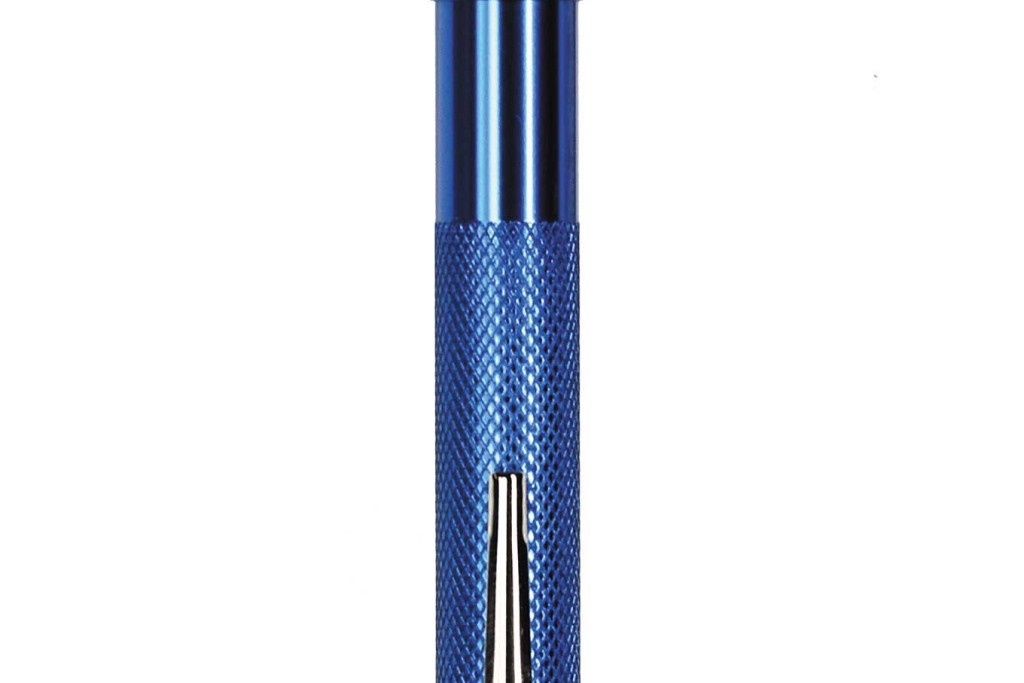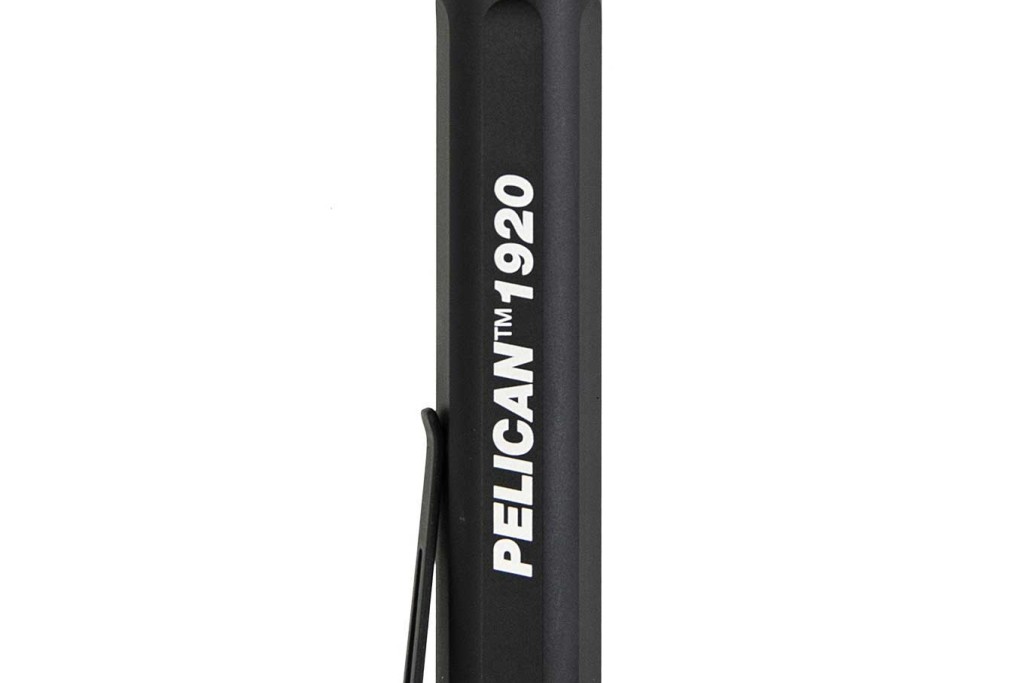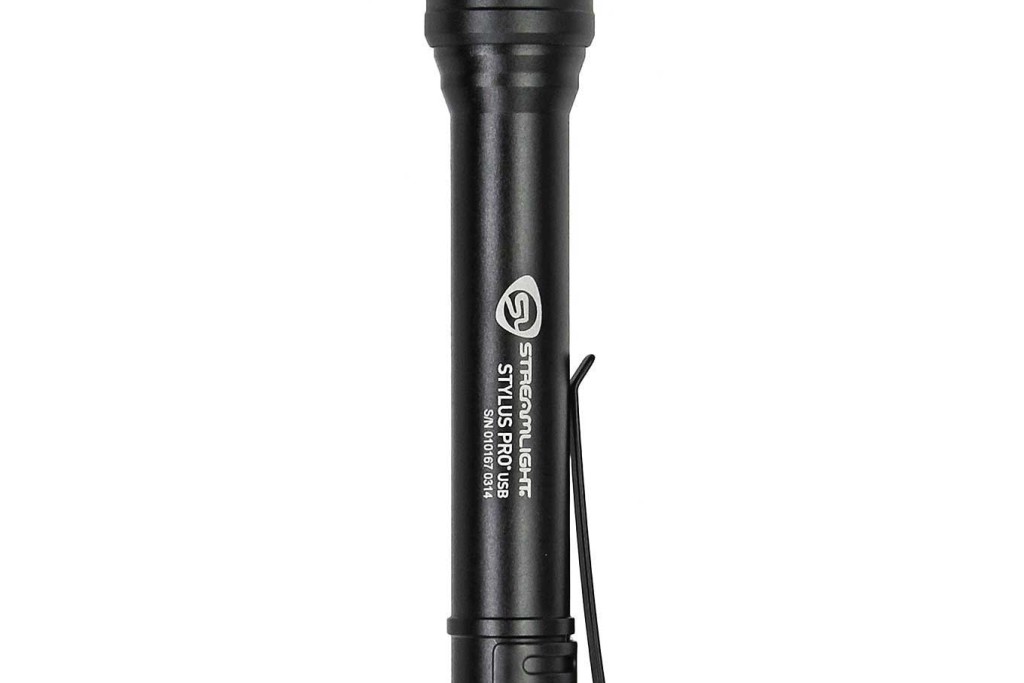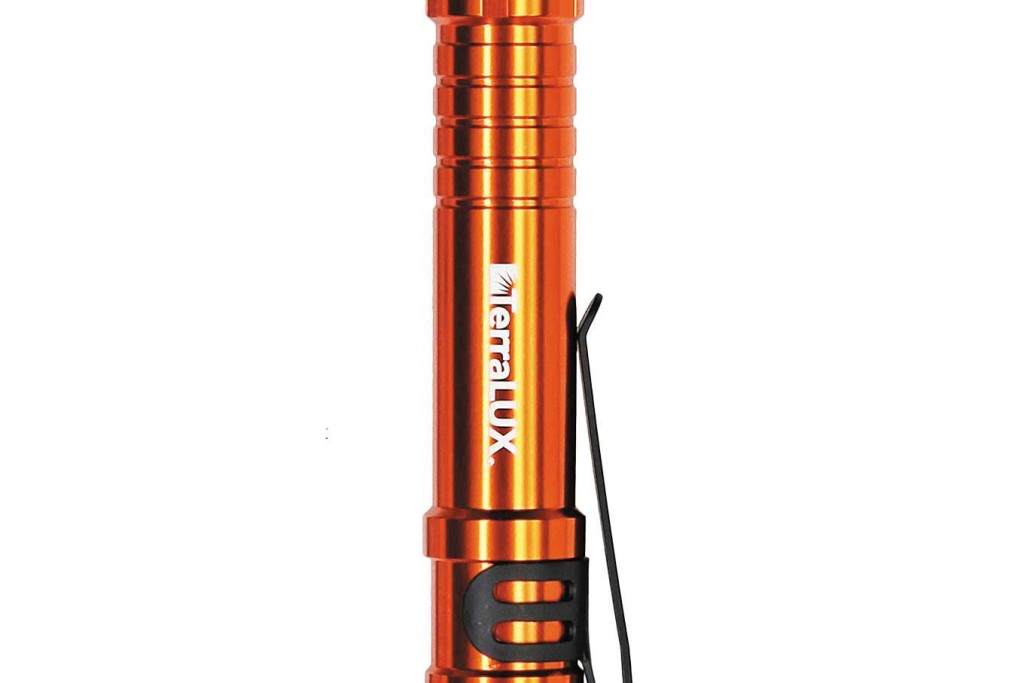Craftsmanship—it’s a concept some might argue has been lost in this age of outsourcing and manufacturing budget cuts. Critics have said that the days of making precision tools by hand are long gone, supplanted by lightning-fast CNC machines and 3D printers which achieve levels of accuracy no human could reach. Besides, it’s much easier to maintain a high profit margin by sending products to be churned out by low-cost factories overseas, and the results are usually good enough.
Despite this apparent outlook of gloom and doom, we’re happy to report that American craftsmanship is still alive and well. You just have to know where to look.

These days, it often incorporates the aforementioned high-tech manufacturing techniques, but the end result is clearly something that’s thoughtfully designed, carefully assembled, and meticulously checked for quality. It may not be hand-forged by a bearded artisan in a shed, but it’s undeniably well-made.

This brings us to today’s subject: the ZT 0630 knife review. Is this high-end blade carrying on the tradition of American craftsmanship? Read on to find out.
Zero Tolerance

Launched in 2006, Zero Tolerance (or ZT) is a brand of hard-use knives designed for professional-grade applications. ZT says they have “Zero Tolerance for anything less than the best” and that their knives are “proudly overbuilt”. At first, this sounds a bit like marketing hype, so we wanted to get our hands on one of their latest blades and see if it lives up to these claims.
That said, right off the bat ZT puts their money where their mouth is. All of their knives are manufactured here in the USA, in Tualatin, Oregon. To reflect this fact, each blade is clearly printed with “USA” and a serial number.

Zero Tolerance also offers a limited lifetime warranty and free sharpening service (you just pay for shipping). If you somehow manage to break a ZT folding knife’s blade, they’ll even replace it with a new one for $30.
The ZT 0630

The Zero Tolerance 0630 is the latest in a line of knives manufactured by ZT and designed by the legendary Ernest Emerson. If you’re as much of a knife nerd as we are, you’ll probably recognize that name. Emerson has been making and designing folding knives since 1979, and became famous for his patented wave shaped feature, which allows users to draw and open the knife simultaneously in a split second (more on that later).
The 0630 differs from previous ZT/Emerson collaborations in two ways. First, it has an upswept tactical blade shape, instead of the tanto shape of the 0620 series. This shape is perfect for smooth slicing cuts. Secondly, the 0630 is made of Crucible S35VN steel, which is chip-resistant and easily sharpened to a razor edge.
Before we get into our impressions, here are the 0630’s specs:
- Blade: 3.6″ S35VN steel, upswept shape, stonewashed and satin finish
- Frame: Stonewashed titanium back, black textured G10 front
- Thumb disk for manual opening
- Wave shaped feature for quick-draw opening
- Frame lock with hardened steel lockbar inserts
- Reversible pocket clip, satin black coated with ZT logo
- 4.9″ closed length, 8.5″ open length, 6.3oz weight
- MSRP: $250
Initial Impressions

Picking up the 0630 for the first time, the word that came to mind was “substantial”. It’s physically large for a folding knife, at nearly 5 inches long when closed. It also has some considerable heft, despite extensive use of lightweight titanium in the frame.
When it comes to knives, we’d say “substantial” is a good place to start, as it’s easy to control and doesn’t feel fragile. However, we could see how the 0630’s large size and relatively heavy weight might be a bit much for some users.

Finely textured G10 material on the handle’s face gives the user grip to control the blade.
On the front of the handle, you’ll find a black G10 scale with a super-fine mesh texture. Pairs of diagonal ridges have also been cut into the G10, and they add a little more visual appeal, but don’t seem to have any real impact on grip. Lefties will also note three holes for re-mounting the pocket clip on this side.

On the flipside, a slab of stonewashed titanium gives an industrial look, and pairs nicely with the blade’s stonewashed and satin finish. A frame lock is cut into this titanium chunk, and features a hardened steel lockbar insert attached with a single silver Torx screw.
This insert prevents lock bar sticking, and ensures the knife locks open solidly without any wiggle or play. It also prevents the lock bar from being bent outwards too far, which would potentially damage the frame.

The 0630’s folding blade has a ball detent to keep it from opening accidentally, and a textured thumb disk for manual opening. Along the top edge of the blade, you’ll spot the hook-shaped wave feature, as well as some ridges for additional grip. The flat face of the blade is stonewashed, while other surfaces are a shinier satin finish.
Opening and Use

There are two methods to opening the knife: manually (using the thumb disk) and quick-draw (using the wave feature).
Manually opening the knife is …difficult. The frame lock detent keeps the blade firmly closed, which is great for safety, but makes manually flipping the knife open one-handed tricky.
In fact, we found it nearly impossible to open the knife using only a thumb, as the blade won’t budge until you hold the knife awkwardly and push with all your might. This may be due to the knife not being fully broken in, but we’d estimate we opened the knife around 100 times so far, and it remains tighter than we’d prefer. Your mileage may vary if you’re a thumb-wrestling champion.

You could give in and open the knife with both hands, or be patient and learn the technique to opening it one-handed. We found that it’s doable if you grip the disk between your thumb and index finger, and push upwards, being careful not to put pressure on the lock bar with your other fingers. It still takes some concentration, but it’s the only way we found to consistently open the 0630 one-handed.
Update: After a few weeks of using the knife frequently, we’re happy to report the action seems to have loosened substantially. It’s still firmer than many blades we’ve used, and still requires some practice to open the blade one-handed, but it has gotten better.
For quicker opening, there’s the patented wave feature. For those not familiar, the hook on the top of the blade is designed to catch on the seam of your pocket as you draw the knife. With some practice, this means the 0630 can open as fast—or potentially faster than—any assisted opener or automatic/switchblade.
Click the image below to view an animation of how it works.

One fluid motion, and the knife is ready to go. No buttons to push or levers to fumble with.
The downside to this is that it’s far from subtle. Most average people will look at you like you’re Freddy Krueger as you sweep your arm back and the knife opens with a resounding “snap”. However, if you’re ever forced to rely on the knife for self defense, it’s hard to beat the wave feature.

When it comes to cutting, the upswept blade shape glides effortlessly through most materials. We’ll also mention that ZT put a brilliant edge on this knife from the factory. It’s as razor-sharp as any folding knife we’ve ever had, and we expect the S35VN steel to keep it that way.
Conclusions
So, does the ZT 0360 live up to the manufacturer’s claim of being “proudly overbuilt”? Also, does it exhibit true American craftsmanship? We’d say yes on both counts. It’s very expensive at $250, but at least you’re getting what you pay for.

This knife is made in the USA from high-quality materials, and ZT’s precision manufacturing experience is clearly evident in its fit and finish. Our single source of frustration was the sticky detent that makes one-handed opening tough, but if you can get past that, it’s an excellent choice for a daily-carry blade you can depend on.
Pros:
- Superb build quality, with smooth pivot and locking mechanism
- High-quality materials and attractive stonewashed finish
- Razor-sharp upswept blade slices effortlessly
- Wave feature makes quick-drawing easy
- Made in USA
Cons:
- Sticky detent makes it difficult to open one-handed
- $250 price is very steep (but we’d say it’s worth it)
- Black G10 scale is a little visually plain (we’re hoping ZT releases a Carbon Fiber version)
We hope you’ve enjoyed this in-depth ZT 0630 knife review. For more information on this and other ZT knives, go to zt.kaiusaltd.com.




































